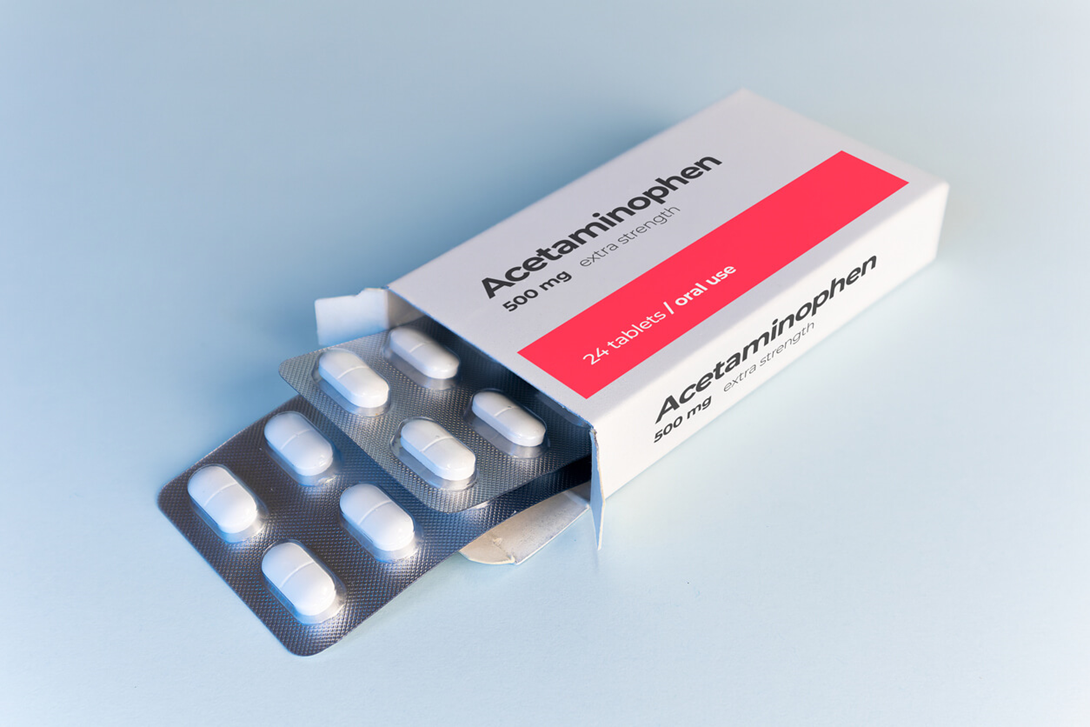The nurse is administering muscle relaxant baclofen by mouth (PO) to a client diagnosed with multiple sclerosis. Which intervention is the most important for the nurse to implement?
Advise the client to move slowly and cautiously when rising and walking.
Evaluate muscle strength every 4 hours.
Monitor intake and output every 8 hours.
Ensure the client knows to stop baclofen before using other antispasmodics.
The Correct Answer is A
Choice A reason: Baclofen is a muscle relaxant that can cause drowsiness, dizziness, and orthostatic hypotension. These side effects can increase the risk of falls and injuries for the client. Therefore, the nurse should advise the client to move slowly and cautiously when rising and walking, and to use assistive devices if needed.
Choice B reason: Evaluating muscle strength every 4 hours is not the most important intervention for the nurse to implement, as baclofen does not affect muscle strength directly. It may reduce muscle spasticity and stiffness, but it does not improve muscle function or coordination.
Choice C reason: Monitoring intake and output every 8 hours is not the most important intervention for the nurse to implement, as baclofen does not have a significant effect on fluid balance or renal function. However, the nurse should monitor the client for signs of urinary retention, which is a rare but possible adverse effect of baclofen.
Choice D reason: Ensuring the client knows to stop baclofen before using other antispasmodics is not the most important intervention for the nurse to implement, as baclofen can be used in combination with other antispasmodics under medical supervision. However, the nurse should educate the client about the potential drug interactions and contraindications of baclofen, and to consult the prescriber before taking any new medications.
Nursing Test Bank
Naxlex Comprehensive Predictor Exams
Related Questions
Correct Answer is C
Explanation
Choice A reason: Antacids can interfere with the absorption of cimetidine. It is generally recommended to avoid taking antacids within 1 hour before or after taking cimetidine to ensure optimal absorption. Therefore, taking cimetidine an hour after antacids is appropriate.
Choice B reason: Notifying the healthcare provider of lethargy is a correct statement, as it may indicate a serious side effect of cimetidine. Cimetidine can cause central nervous system effects, such as confusion, drowsiness, headache, and depression. Lethargy may also be a sign of anemia, which is another possible side effect of cimetidine. The nurse should instruct the client to report any unusual symptoms to the healthcare provider and monitor the client's blood count and liver function.
Choice C reason:Smoking has been shown to impair the effectiveness of cimetidine in treating ulcers and can delay healing. The goal should be complete smoking cessation rather than merely reducing cigarette use. Therefore, the statement about decreasing cigarette use to a pack per day indicates a misunderstanding and requires additional instruction by the nurse.
Choice D reason: Monitoring for any signs of sexual dysfunction is a correct statement, as it may indicate another side effect of cimetidine. Cimetidine can cause endocrine effects, such as gynecomastia, impotence, and decreased libido in men, and menstrual irregularities in women. The nurse should instruct the client to inform the healthcare provider if they experience any changes in their sexual function or reproductive health.
Correct Answer is A
Explanation
Choice A reason: This is the highest priority action for the nurse to take. Codeine is an opioid analgesic that can cause drowsiness, dizziness, and impaired coordination. These effects can increase the risk of falls and injuries in the client, especially when ambulating to the bathroom. The nurse should instruct the client to request assistance when getting out of bed or walking, and provide adequate support and supervision.

Choice B reason: This is not the highest priority action for the nurse to take. Administering a stool softener/laxative at the same time as the analgesic is a preventive measure that can help reduce the risk of constipation, which is a common side effect of codeine. However, this action is not as urgent or important as ensuring the client's safety and preventing falls.
Choice C reason: This is not the highest priority action for the nurse to take. Advising the client that the medication should start to work in about 30 minutes is an informative and reassuring measure that can help the client cope with pain and anxiety. However, this action is not as urgent or important as ensuring the client's safety and preventing falls.
Choice D reason: This is not the highest priority action for the nurse to take. Telling the client to notify the nurse if the pain is not relieved is an evaluative and responsive measure that can help the nurse monitor the effectiveness of the analgesic and adjust the dosage or frequency as needed. However, this action is not as urgent or important as ensuring the client's safety and preventing falls.
Whether you are a student looking to ace your exams or a practicing nurse seeking to enhance your expertise , our nursing education contents will empower you with the confidence and competence to make a difference in the lives of patients and become a respected leader in the healthcare field.
Visit Naxlex, invest in your future and unlock endless possibilities with our unparalleled nursing education contents today
Report Wrong Answer on the Current Question
Do you disagree with the answer? If yes, what is your expected answer? Explain.
Kindly be descriptive with the issue you are facing.
